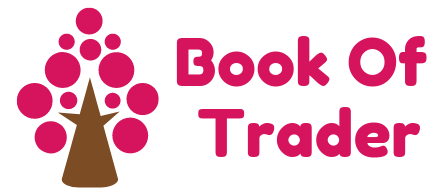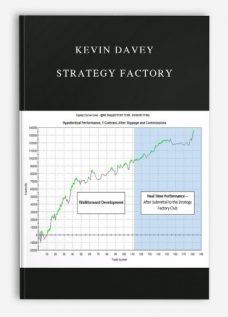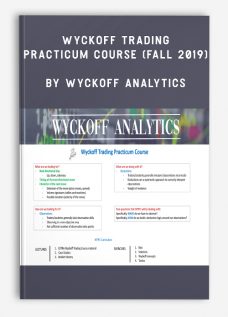SMB Unbalanced Butterfly 3 Track by John Locke
Original price was: $895.00.$167.00Current price is: $167.00.
Product Include:
File size:
- Description
Description
SMB Unbalanced Butterfly 3 Track by John Locke
**More information:
Get SMB Unbalanced Butterfly 3 Track by John Locke at bookoftrader.com
Description
UNBALANCED BUTTERFLY 3 TRACK
Enhance your trading results with the information you’ve discovered in the Broken Wing Butterfly (BWB) Master track series and the Unbalanced Butterfly 1 & 2 (UB 1 & 2) track by applying the principles you’ve learned to the Unbalanced Butterfly 3 (UB3) trade rule set.
The UB3 trade in addition to the UB 1 & 2 is the Broken Wing Butterfly strategy that was the predecessor to some of the advanced M3 trading system techniques.
In this course, we will introduce you to the rule set of this high probability, easy to manage Broken Wing Butterfly trade. Then dive in deeper to thoroughly explain their management with the goal of giving you a more in-depth understanding of how to apply the lessons from the Broken Wing Butterfly Master Track Series. Ultimately allowing you to tailor the trades to your personality or specific situation to maximize your performance.
Prerequisites to the UB3 Track is Unbalanced Butterfly 1 & 2 Track.
THE TRACK INCLUDES THREE VIDEO CLASSES WITH INDEXES TOTALING ALMOST FOUR HOURS OF INSTRUCTION TO INCLUDE:
CLASS 1 – GUIDELINES AND EXAMPLES
-Unbalanced Butterfly 3 (UB3) trade risk parameters, profit target, and exit criteria
-Trade entry parameters with downside and upside adjustment procedures
-Multiple example dates
-Simplifying trade exit
CLASS 2 – ADDITIONAL EXAMPLES, EXITING PROCEDURES, AND BACK TEST DATA
-Handling borderline adjustments, including the August 2015 crash
-Long-term results of the Unbalanced Butterfly 1, 2, & 3 trades
-UB3 vs. UB1 or UB2
-Trade examples
CLASS 3 – PERFORMANCE IMPROVEMENT, ADDING SUBJECTIVITY, AND TRADING INTO EXPIRATION
-Performance improvement through timing entries, exits, and knowing when to quit
-UB1 Trade example of performance improvement techniques
-Modifying Entry Delta
-Trading closer to expiration
-Trade examples with multiple upside adjustments and in a choppy market with large swings
CLASS MATERIALS TO INCLUDE: ALL CLASSES HAVE SLIDES, 2011-2016 UB3 BACK TEST TLOGS, ONE SUMMARY REPORT, AND TLOGS FOR INTO EXPIRATION TRADES
Trading Course
So what is trading?
Trade involves the transfer of goods or services from one person or entity to another, often in exchange for money.
Economists refer to a system or network that allows trade as a market.
An early form of trade, barter, saw the direct exchange of goods and services for other goods and services.
Barter involves trading things without the use of money. When either bartering party started to involve precious metals,
these gained symbolic as well as practical importance.[citation needed] Modern traders generally negotiate through a medium of exchange,
such as money. As a result, buying can be separated from selling, or earning. The invention of money (and later of credit,
paper money and non-physical money) greatly simplified and promoted trade.
Trade between two traders is called bilateral trade, while trade involving more than two traders is called multilateral trade.










